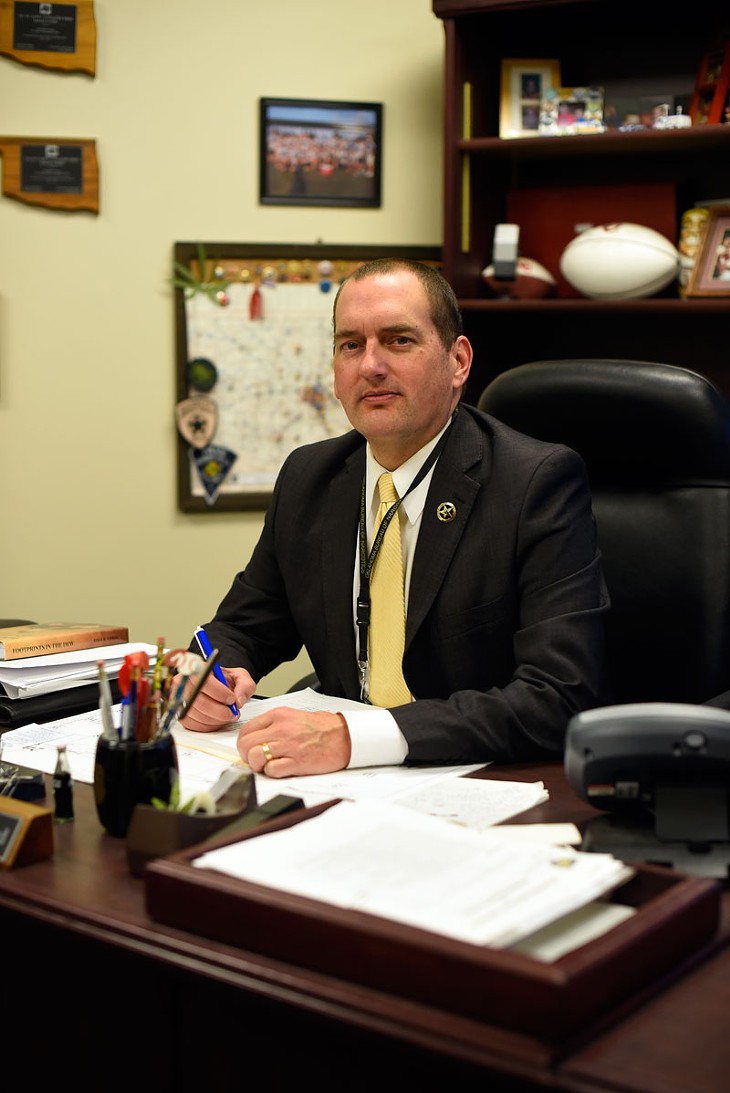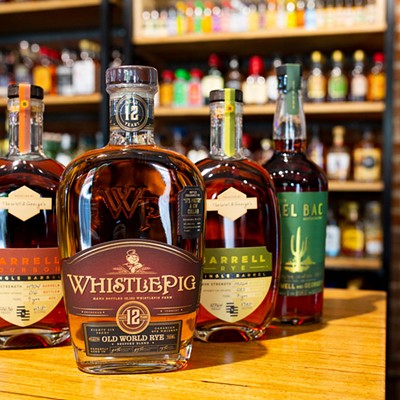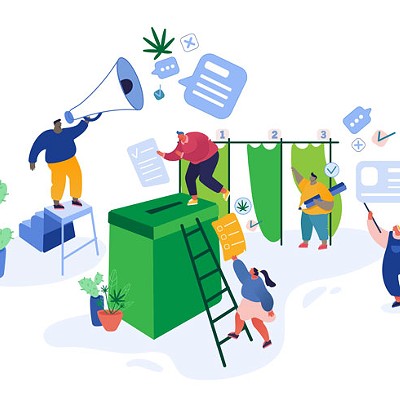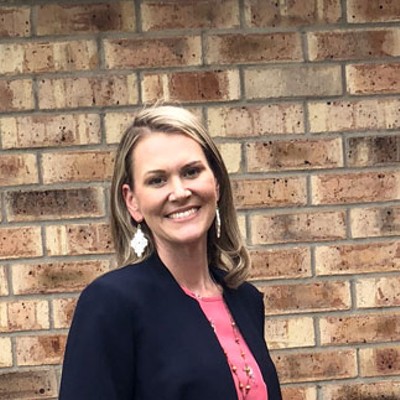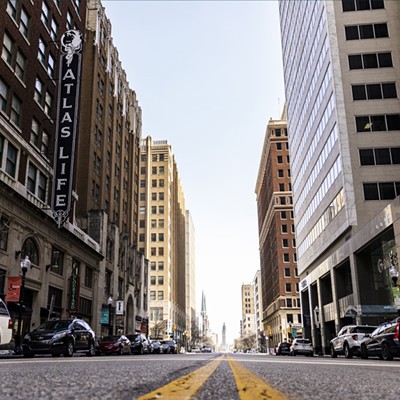During a nationwide epidemic in which one American dies every 19 minutes from opioid or heroin overdose, few Oklahoma County residents are aware of just how big the problem really is.
Data from the Oklahoma Bureau of Narcotics & Dangerous Drugs Control (OBN) shows that prescription opioids, also known as painkillers or pain pills, were responsible for more than half of Oklahoma’s drug overdose deaths in 2015. In Oklahoma, deaths related to opioid use have surpassed those of illegal street drugs, such as methamphetamine and cocaine.
“People don’t know it’s an issue,” said Karin Leimbach, a prevention coordinator for Oklahoma City nonprofit DCCCA (formerly Douglas County Citizens Committee on Alcoholism). “They don’t know it’s happening, and they don’t know about the efforts to stop it.”
A recent local survey conducted by the Coalition Against Rx Drug Epidemic found a majority of respondents said they were unfamiliar with the issue and the risks of addiction, Leimbach said.
It’s surprising because Oklahoma’s problems related to prescription opioid use, misuse and addiction are nothing new. Just seven years ago, Oklahoma had the highest prevalence of painkiller sales in residents age 12 and older. In 2013, one in 12 Oklahomans abused painkillers, according to statistics published by the state. That year, prescription opioids comprised four of the top five medications related to unintentional overdose deaths in Oklahoma.
The troubling data prompted a five-year statewide plan to prevent and reduce the abuse through steps taken by law enforcement, the Oklahoma Legislature, community organizations, state health agencies and health providers. Ultimately, the plan Gov. Mary Fallin signed in 2013 works to save lives.
Like the signs of someone who is becoming addicted to prescription pills, the problem and the progress appear to go unnoticed.
“Prescription drugs is the hardest addiction to see in another person,” Leimbach said. “We’ve all seen the faces of meth addicts after a year. You don’t see that with prescription drugs.”
The issue
Opiate or opioid drugs are used to treat acute severe pain following trauma or surgery or to aid patients with painful terminal diseases, like cancer. Hydrocodone, oxycodone, methadone, morphine and fentanyl are opioids. Patients can easily misuse pain medication when taking more than prescribed to get a higher level of relief from the pain and, in turn, develop an addiction.An addiction to opioids doesn’t always start with a prescription. According to the National Survey on Drug Use and Health, 75 percent of all opioid misuse starts with people using medication that wasn’t prescribed to them. Often, the drugs were obtained from a friend, family member or dealer. The drug is used simply to get high. It’s a mistaken thought that prescription drugs are much safer than illegal street drugs, explained Mark Woodward, OBN spokesman.
“Oftentimes, parents are worried about their kids getting into alcohol or marijuana, but it doesn’t dawn on them that prescriptions drugs are a target,” Woodward said.
At OBN headquarters in Oklahoma City, prescription drug misuse is considered epidemic. The state law enforcement agency targets drug trafficking and drug manufacturing and tracks drug overdose deaths. To protect the public, OBN requires physicians and other health care providers to have an OBN registration number, which must be in good standing for writing prescriptions for painkillers and other addictive prescription drugs.
In addition to investigating alleged pill mills, narcotics officers are reporting a growing number of incidents in which middle and high school students raid their parents’ or grandparents’ medicine cabinets for selling or trading pills for cash, marijuana or something else.
“People have a habit of leaving it in a medicine cabinet,” Woodward said. “If it’s not locked up, it’s not safe.”
Stay away
Up to 50 times more potent than heroin, synthetic opioid fentanyl was added to law enforcement watch lists across the county.In March, federal drug enforcement officials issued a nationwide alert on fentanyl as a threat to public safety after the opioid was found responsible for a sweeping number of deaths on the East Coast. Months later, officials issued a second alert to law enforcement, specifically stressing proper handling of fentanyl, which can be dangerous if not properly handled.
While the threat is real, Woodward advises Oklahoma has yet to see fentanyl mixed with heroin, a deadly combination sold on the streets and causing the nationwide alerts.
“[Dealers] cut it or add it to heroin to strengthen the value of the high; therefore, it can gain more value on the street,” Woodward said.
In 2015, fentanyl was responsible for taking 70 Oklahomans’ lives. The deaths came from misusing prescribed fentanyl, which often comes in patch form and is used by patients with severe pain. Like other opioids, patients must take it as prescribed.
“It can be so dangerous because it can affect the areas of the brain that control the breathing rate,” Leimbach said. “With high doses of opioids, especially fentanyl, it can cause the brain to stop completely, and that’s when people overdose.”
A solution to fentanyl and other painkiller overdoses is naloxone, a medication used to reverse the effects of an overdose. The state’s plan prompted the Naloxone Project, overseen by two state health agencies, that trains first responders how to use the injection or nasal mist reversal drug. Last year, naloxone became available to pharmacies across the state without a prescription.
Public role
Everyone has a part to play in reversing the trends of Oklahoma’s prescription drug abuse epidemic, explained Leimbach.As a coalition member for Substance Use Prevention Alliance Oklahoma County, Leimbach and others preach a message of safe use, safe storage and safe disposal. At community events and in local schools, the coalition speaks about the dangers that come from opioids and other prescription medicines when patients don’t follow physicians’ orders or allow the medications to fall into the wrong hands. When someone shares they take unneeded prescriptions to take-back events or drop them at local law enforcement agencies, Leimbach congratulates them for being part of the solution.
“You are making a difference,” Leimbach said of the message she shares with the public.
Since 2011, OBN has placed those pharmaceutical take-back boxes in the lobbies of law enforcement offices across that state. Currently, Woodward said, there are 178 boxes that have collected more than 120,000 pounds of pills.
“Everyone can do their part, and that’s locking up the medicine and disposing it when it’s not needed anymore,” Woodward said. “We certainly don’t want someone to live with the guilt that a loved one dies because of something that should have been thrown away years ago.”
Print headline: Damaging drugs, Oklahomans remain addicted to opioids, but efforts continue to stop misuse.

